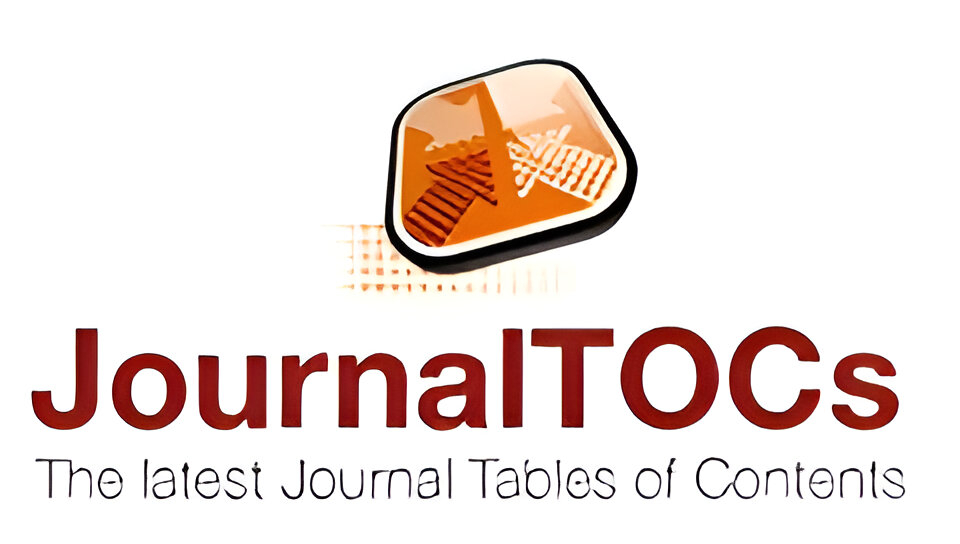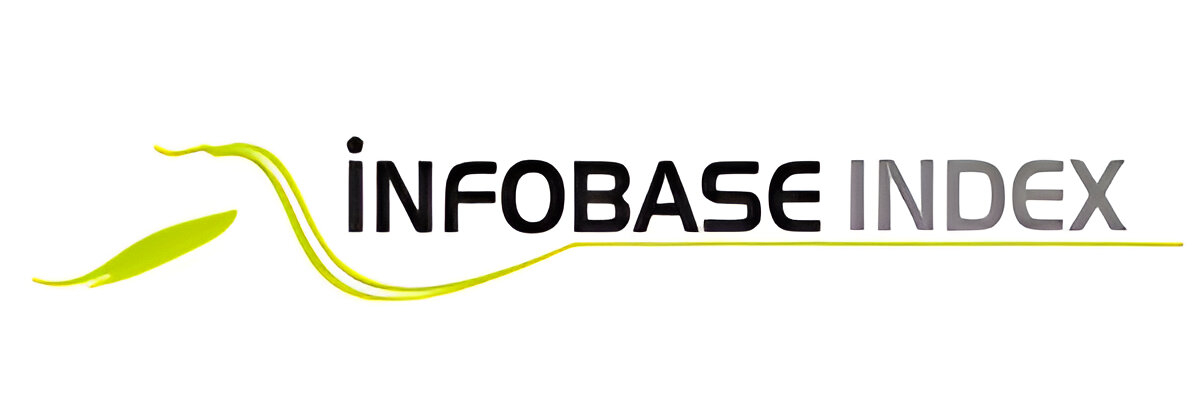PSO-OPTIMIZED D2D RESOURCE ALLOCATION
Abstract
In the context of the inband cellular network, Device to Device (D2D) communication refers to the process by
which two or more devices interact directly with one another. The fact that cellular radio resources (RR) are
shared between cellular users and D2D users contributes to an increase in the spectral efficiency of the system.
Interference and inefficient usage are the results of RR sharing that is not legitimately distributed in the
appropriate manner. Consequently, the management of RR between cellular users and D2D users is necessary in
order to limit interference and the wasteful use of RR. Due to the short distances and dedicated route, D2D users
on a cellular network that is enabled for direct-to-device communication have a higher signal-to-noise ratio
(SNR) than cellular users with the same network. With this benefit in mind, the authors of this research offer an
effective RR allocation technique that is based on swarm optimization. This approach enables the maximum
amount of spatial reuse in OFDMA networks and multiuser networks. The needed RR is determined by the
algorithm based on the request made by D2D users, with the indicator variable serving as the basis. When it
comes to OFDMA networks, it improves the capacity (in bits per Hz), total system throughput, and spectral
efficiency with regard to sub-carriers. Simulations run in MATLAB are used to assess how well the suggested
method performs.











